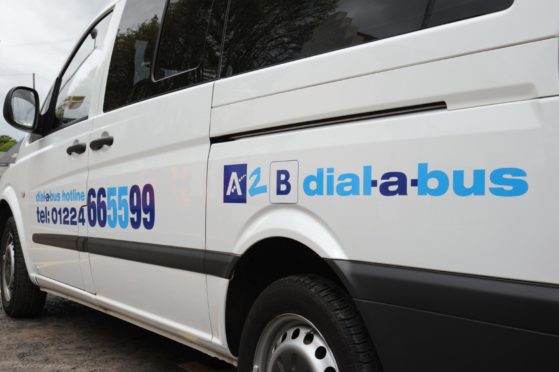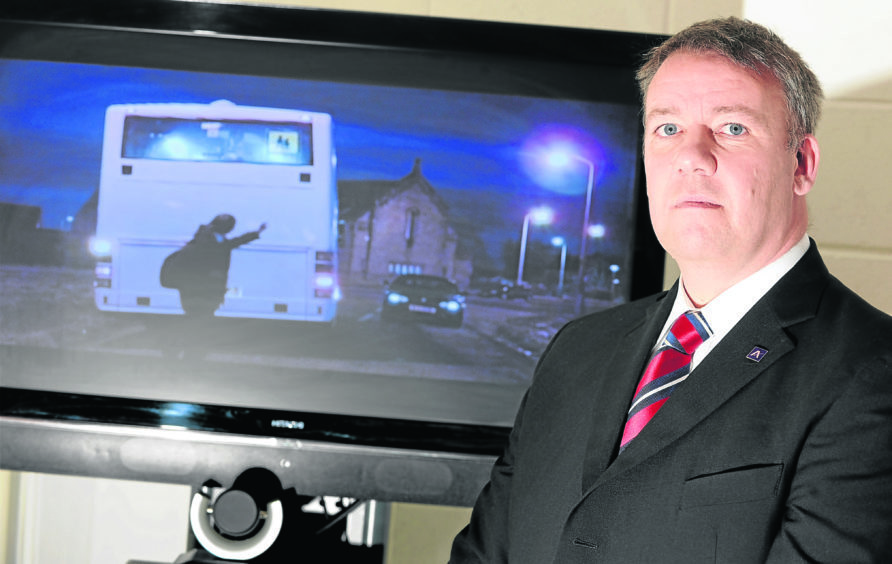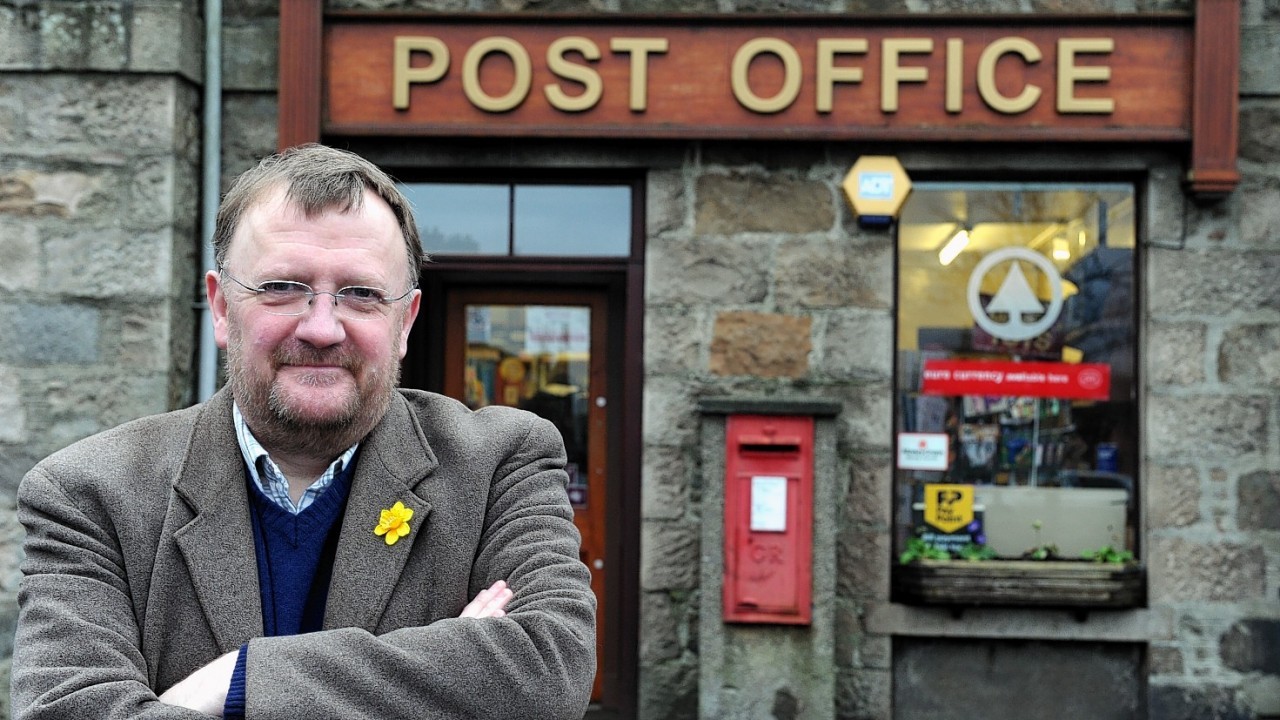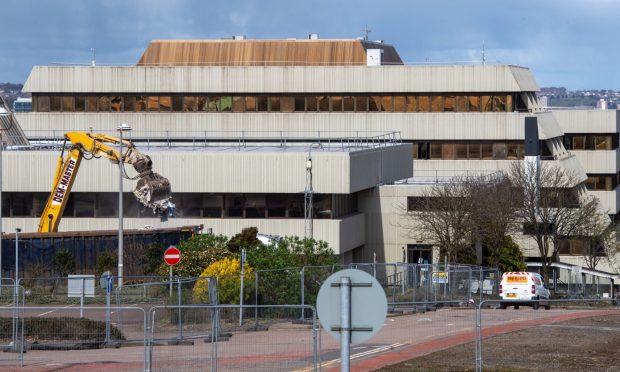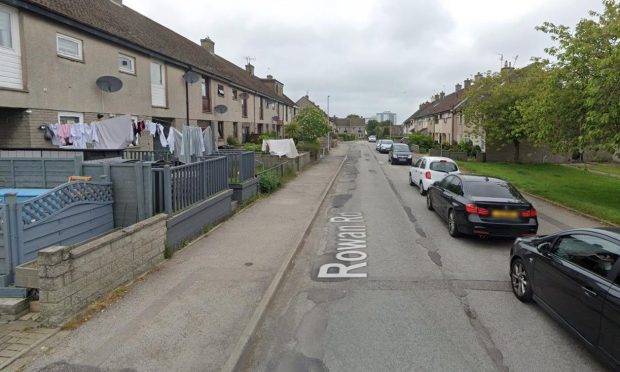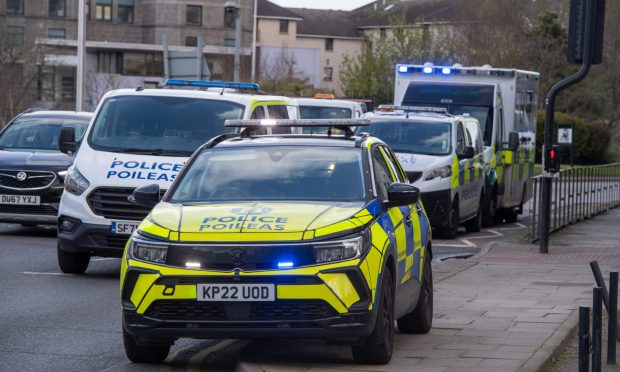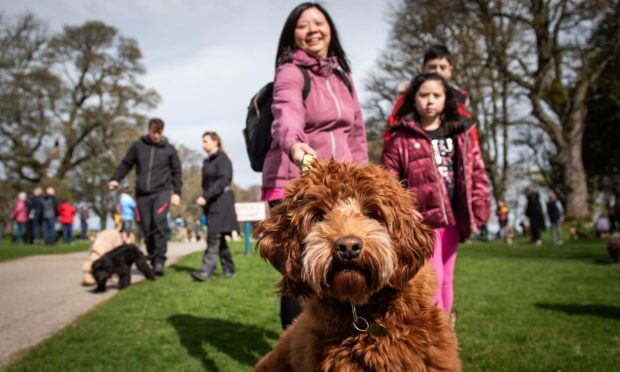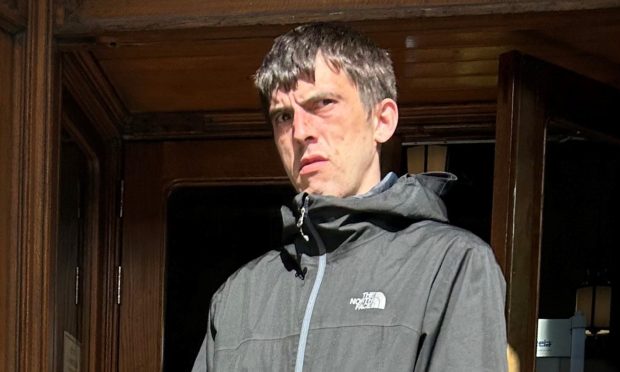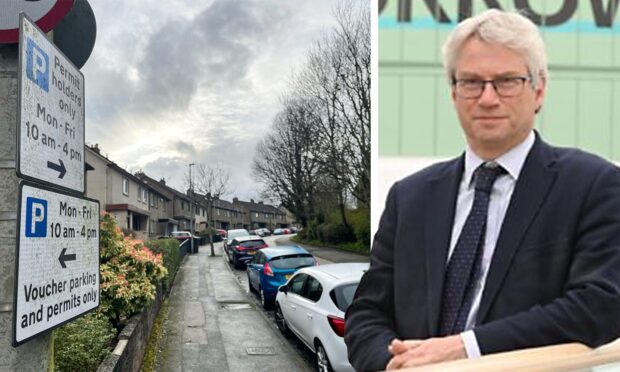Rural residents, including pensioners and the elderly, may soon have to book their bus travel through a smartphone app if a trial into a new transport model is approved.
Much like the existing Uber-style cab booking system in place in cities globally, Aberdeenshire Council is hoping to take its local bus services online as it looks at a new way to link up it’s rural residents’ transport networks.
It’s existing dial-a-bus service is being replaced with a Demand Responsive
Transport (DRT) pilot project to be trialed in areas around Inverurie and between Dinnet and Banchory, meaning that those requiring transport will be encouraged to book it through a smartphone app rather than relying on the timetabled routes already in place.
Unlike the existing A2B dial-a-bus service, where usually a minimum of one hour pre-booking is required to allow coordination between the booking staff and driver, the system being trialed will feature automated trip-booking and dispatch, allowing passengers to book a vehicle at any time with the first available vehicle then dispatched.
Ewan Wallace, the council’s head of transportation, said: “Officers, with data input from Stagecoach Bluebird, have worked with ViaVan, a leading provider of DRT solutions, to undertake a simulation exercise covering two potential areas of ’enhanced’ DRT operation.
“It is intended that prospective passengers will be able to book through the existing A2B dial-a-bus travel dispatch centre however this additional workload should be marginal as the majority will be encouraged to book trips through an app.”
Concerned over the shift to a smartphone app booking system, Mearns councillor George Carr sought assurances that the existing phone booking line will remain for those unable to use the app, and welcomed a promise of “virtually no time lag delay” in the app booking process.
He said: “In terms of the booking system there can be no delay between council and operator. I think there need to be as short a train as possible between the booking and the bus operator.”
The existing provision of community transport buses has had a rocky past year with services on and off as staff were deployed elsewhere to help with the coronavirus pandemic, and demand for the buses ebb and flow according to lockdown restrictions.
Committee chairman Peter Argyle said: “It was always difficult but it’s undoubtedly getting more difficult now because of Covid, changing patronage and passenger numbers and also because of the general financial situation we find ourselves in. And of course there’s the pressures that bus operators are currently under too.
“It is almost a perfect storm for public transport but it remains very important. In many cases for many people it’s beyond important but essential. So we need to find the best way to provide a comprehensive network of public transport across Aberdeenshire.”
Councillor Paul Johnston, however, stressed that in some areas, such as along the Inverurie to Ellon route, timetabled services should remain.
He added: “I am supportive of this general principle and as I don’t think we will have much in the way of a service left if we don’t adapt.
“We are at a very serious junction that we are going to have to find new ways of delivering a service or we won’t have a service at all.”
